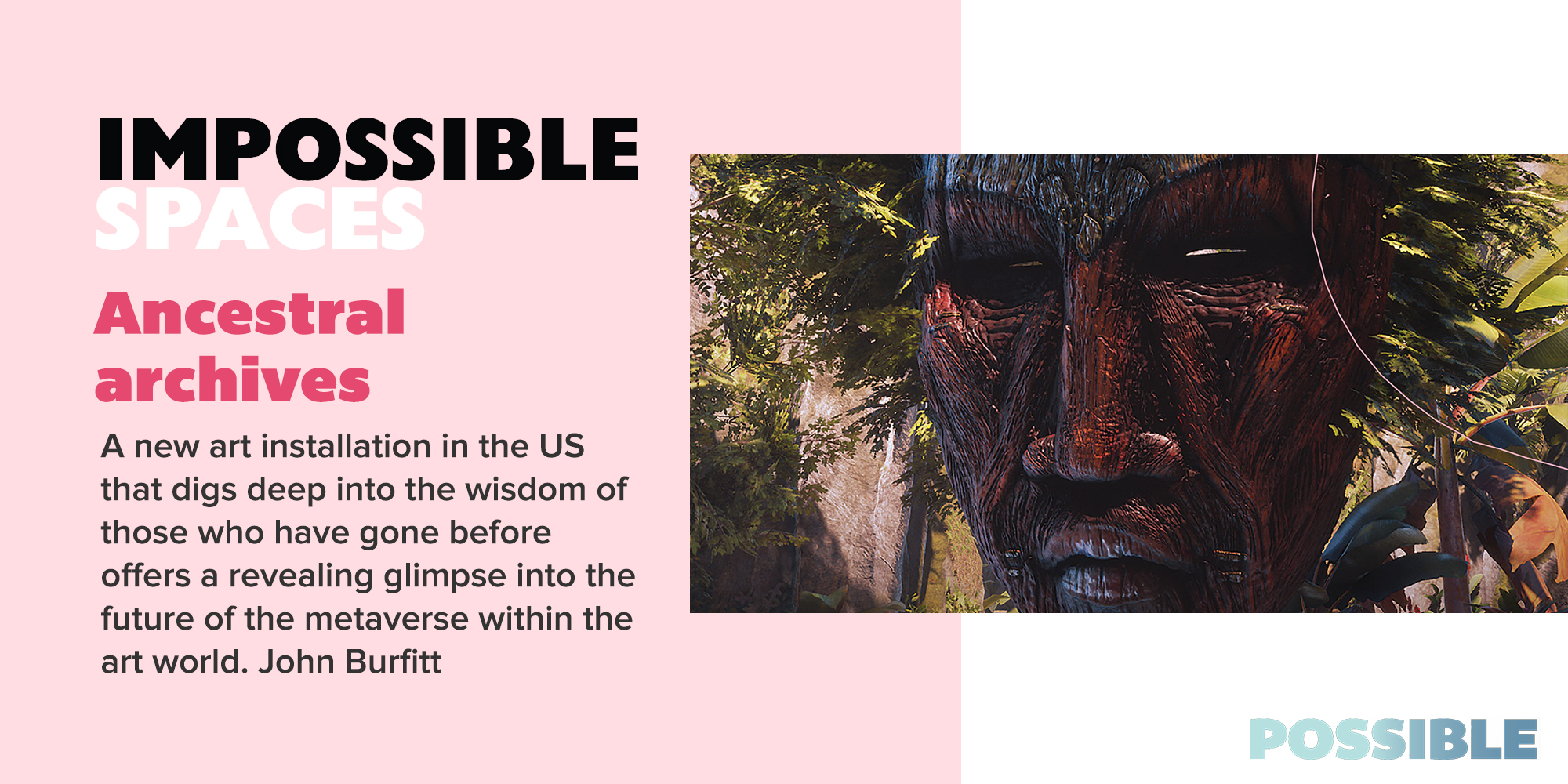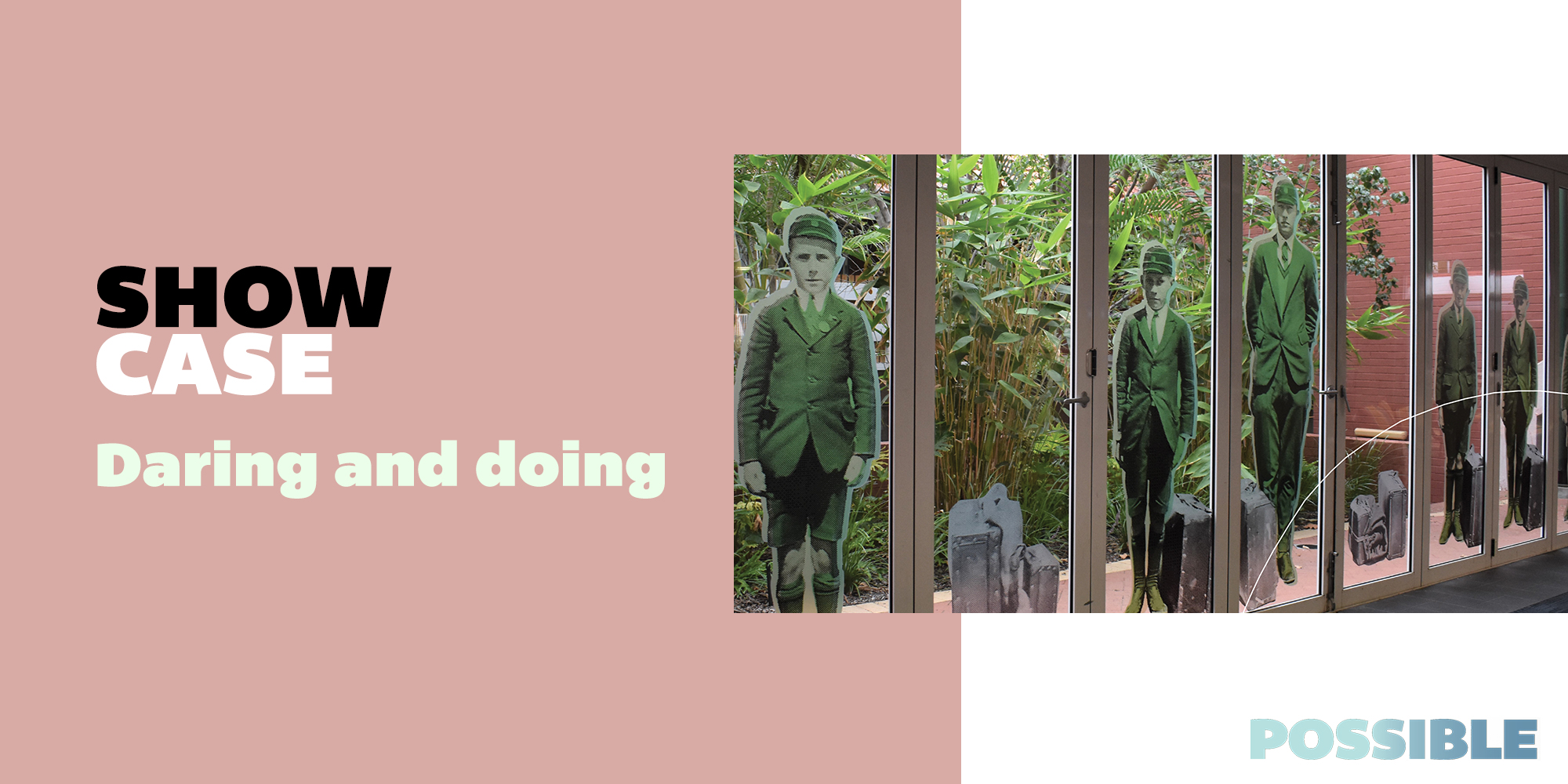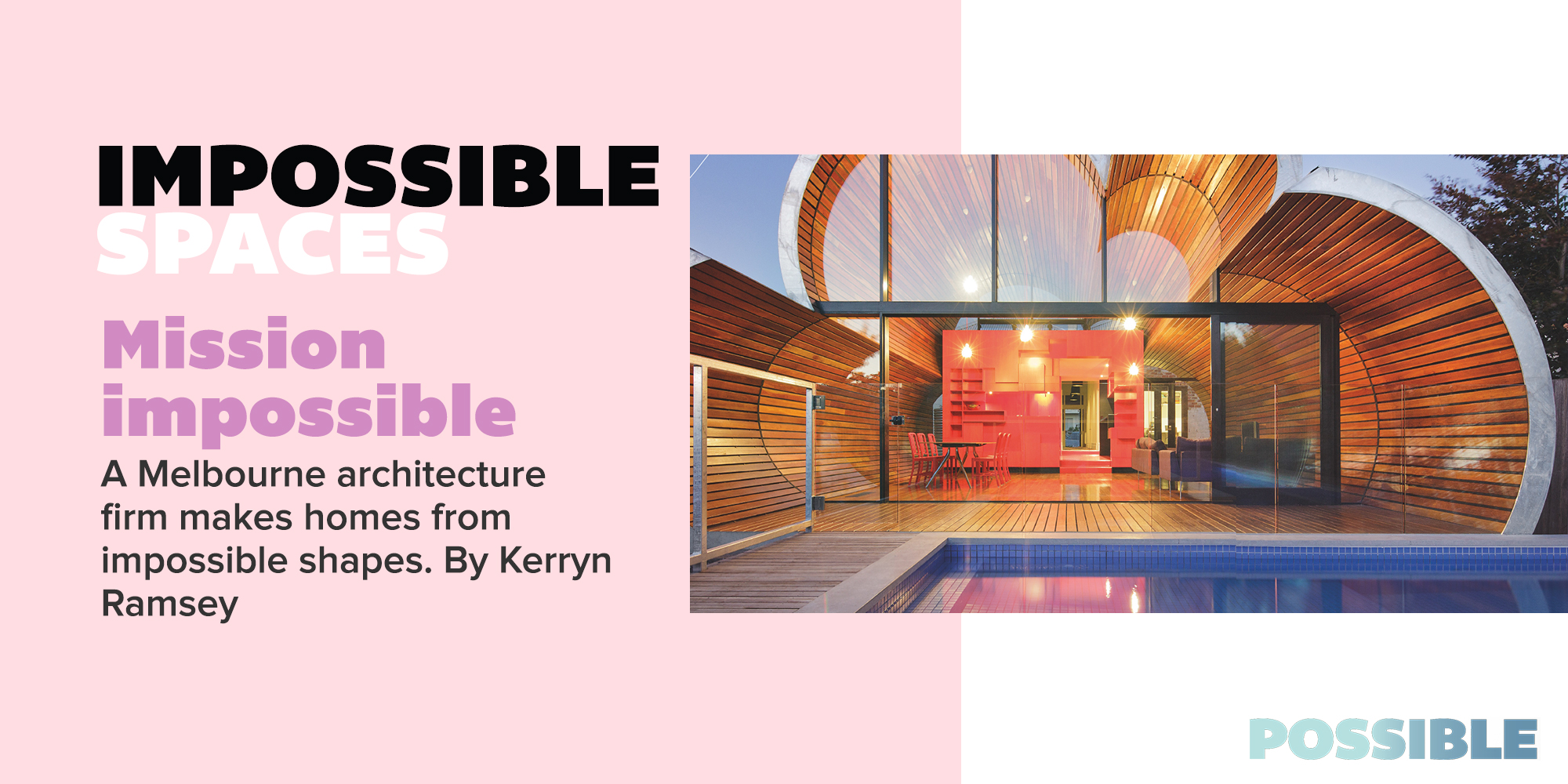“There has been a real consumer sentiment shift regarding plastics. I don’t think Great Wrap on its own will solve the world’s problems with plastic, but there’s great work happening in recycling and the biomaterials space. We’re excited to introduce consumers to the idea of compostable plastics and to get market saturation of our products.”
Julia Kay, co-founder, Great Wrap
Many people come up with an idea they think can change the world—and, in most cases, nothing ever comes of it.
Julia and Jordy Kay, however, are doers, not talkers. The Melbourne couple are the masterminds behind Great Wrap, a materials science company that wants to help end human reliance on harmful traditional plastic.
Their flagship product—the world’s first compostable pallet wrap made from food waste and a mix of other compostable biopolymers—officially hit the market in early 2023 and has attracted the interest of multinational retail groups seeking to reduce their packaging and landfill impact. The business also offers a cling wrap for use in homes.
Julia, a former architect, is married to Jordy, a former winemaker. She says Great Wrap’s team of bio-designers, engineers and scientists are rethinking and redesigning solutions to the planet’s plastic pollution problem.
In practical terms, Great Wrap can be composted or repurposed to create new materials and put back into the soil to add microbial value to agricultural land. By contrast, most traditional synthetic plastics, derived from fossil fuels, are not biodegradable and can take hundreds of years to decompose.
Julia says the success of Great Wrap is contributing to greater knowledge of compostable products and the problems with traditional plastics. “When we started this business four years ago, no-one really understood what we were saying about the idea of a ‘compostable’ plastic,” she says. “They thought we were saying it was ‘combustible’ and that we burnt it!”
Walking the talk
The idea for Great Wrap stemmed from Jordy’s time as an organic farmer and winemaker, and his frustration at the amount of waste from plastic pallet wrapping. In Australia, it is estimated that about 150,000 tonnes of cling wrap and pallet wrap go into landfill every year. After ongoing discussions with Julia lamenting the fact that traditional plastics are single-use and typically end up in landfill, they decided to give up their day jobs and help fix the problem. With that pledge, Great Wrap was born.
For most people, walking away from coveted professions in architecture and winemaking would seem somewhat crazy. However, Julia says she and Jordy decided to act because of a commitment to environmental issues and frustration that, despite a materials revolution happening around the world, the plastics problem had not been adequately addressed.
“I don’t remember a key moment when I was like, ‘Okay, this is what I’m doing’. It’s almost like I woke up one day and my life had been transformed,” she says. “I was feeling a bit disenchanted with what I was doing in architecture and not having the meaningful impact that I planned on having.”
Four years on, Great Wrap is clearly on the rise. Last year, it completed a $24 million Series A funding round and it has recently moved into a state-of-the-art 12,000sqm manufacturing facility in Tullamarine, Melbourne, that will enable the business to ramp up production. The plant, equipped with a sophisticated cast extruding line on which biopolymers are melted and wound on to rolls, is currently running at a capacity of 5000 tonnes a year and is expected to reach 20,000 tonnes by 2025.
The next step will be to set up a biorefinery where the food waste used for the wrap can be processed onsite, rather than relying on outsourcing the task. “That will allow us to be totally vertically integrated, meaning that we can bring our price down and really compete on prices with traditional polyethylene,” Julia says.
On the funding front, Great Wrap has also brought on board equity partners and received government R&D grants. For Julia and Jordy, the main aim is to provide relief from plastics for the planet. “We definitely didn’t start this to make a lot of money,” Julia says.
.jpg?width=672&height=1008&name=GW_Jordy-Julia_1198_ShelleyHoran%20(1).jpg)
Home run
In addition to the pallet wrap solutions, Great Wrap promises to have an impact in the home.
The business produces Nudie Rolls, a compostable cling wrap for home use made from a blend of biopolymers that break down in about 180 days and leave no microplastics behind. The rolls can be dispensed using the Great Mate, a refillable dispenser designed in 2021 and which is made from recycled plastic bottles.
Such ingenuity raises an obvious question – how does a young couple seamlessly move out of regular jobs and successfully turn their hand to compostable plastics manufacturing? Julia says she and Jordy have been on a steep learning curve, while drawing on their skills as ‘makers’ during their respective careers in architecture and the wine industry.
“We like to get our hands dirty and build things, so it was kind of a natural progression for us to get into manufacturing,” she says. The extended team of bio-designers and chemists now working with them has also given them the ability to pursue ongoing product innovation.
The result has been a string of awards and acknowledgments. In 2021, Great Wrap won the social responsibility and sustainability category at the Melbourne Young Entrepreneur Awards, as well as a golden gong at the Good Design Awards and recognition at the Circle Awards for businesses that are having a positive environmental and social impact.
In 2022, it received a Manufacturing and Consumer Goods Award in the Australian Financial Review’s Sustainability Leaders’ list, and was named by Fast Company as one of the year’s 10 most innovative Asia-Pacific companies. Julia was also named Young Victorian of the Year in 2022.
Perhaps more importantly, Great Wrap has been attracting the attention of retail giants in international markets. “For us, the focus has been on expansion into the North American market, as well as throughout Asia,” Julia says, noting that life has become a procession of hopping on planes to meet prospective investors and customers. “It’s been a really exciting time and it’s nice to see that the rest of the world is enthusiastic about solving the same problems with plastics.”
Not that the Australian market will be forgotten, with Julia noting that the relatively small, but well-developed market down under is a “great testing ground” for pilot programs to then be rolled out in larger economies.
Chain reaction
Like all startups, Julia says Great Wrap has faced challenges, with supply chain difficulties causing particular frustrations.
“When you’re waiting on a piece of machinery that’s on a ship somewhere, you look at your cashflow forecast and you’re like, ‘How’s this going to line up?’ There have been more of those moments than I’d like, but we’re getting to a point now where we do have in-built stability. When you’re doing something for the first time and making a new product, there’s going to be challenges, but Jordy and I love a challenge.”
Their drive comes from estimates that Great Wrap products have the capacity to decrease Australia’s carbon footprint by more than 100,000 tonnes a year by lowering the dependence on fossil fuels.
Such knowledge will keep Julia and Jordy motivated as 2024 unfolds. One of the big tasks they are working on now is to partner with an end-of-life collection service for their pallet wrap to ensure that it is part of a truly circular environmental solution. Even though the wrap is compostable, it can go to landfill if users choose not to dispose of it properly.
Julia appreciates there is a lot left to do to fulfil Great Wrap’s mission to solve the world’s plastics problem, but aged just 31 she—in tandem with Jordy and the team— knows time is on their side to make a real difference.
“There has been a real consumer sentiment shift regarding plastics. I don’t think Great Wrap on its own will solve the world’s problems with plastic, but there’s great work happening in recycling and the biomaterials space. We’re excited to introduce consumers to the idea of compostable plastics and to get market saturation of our products.”
“Yes, it’s a long game,” Julia says. “But by replacing all single-use plastic, we could have a profound and positive impact on climate change and plastic pollution.”

.png)




